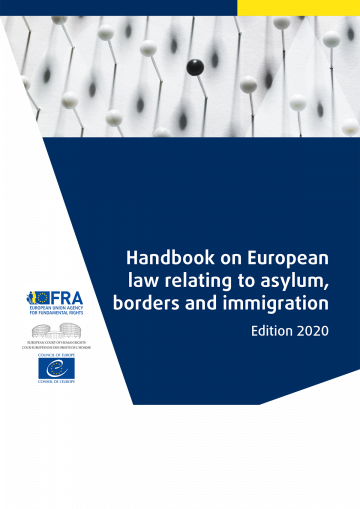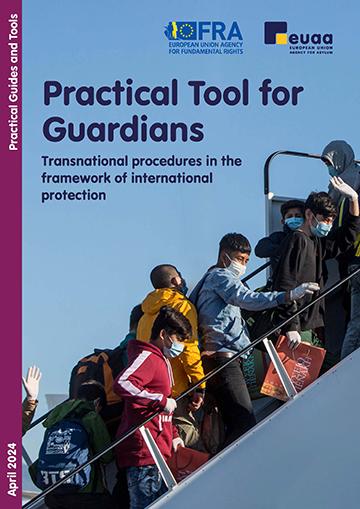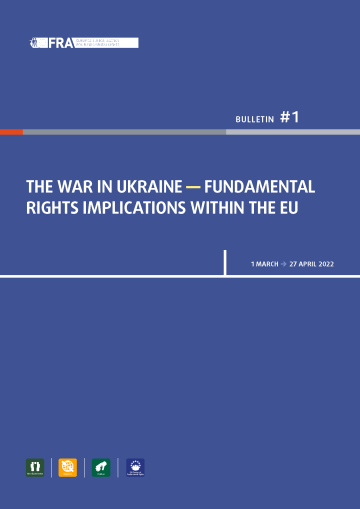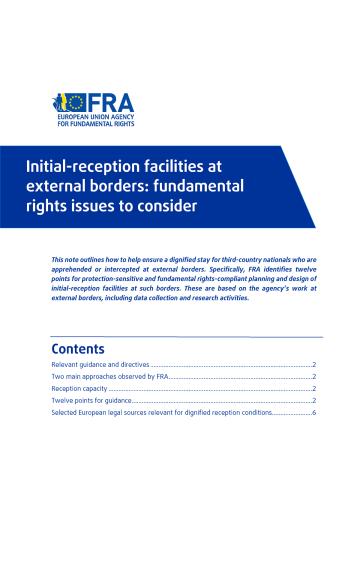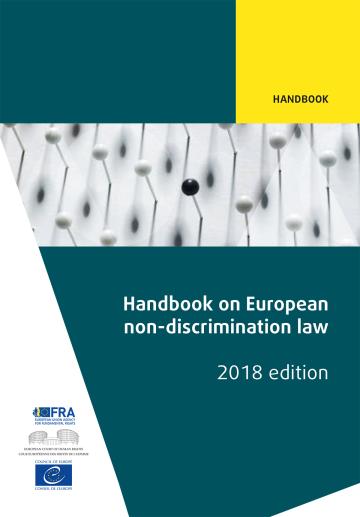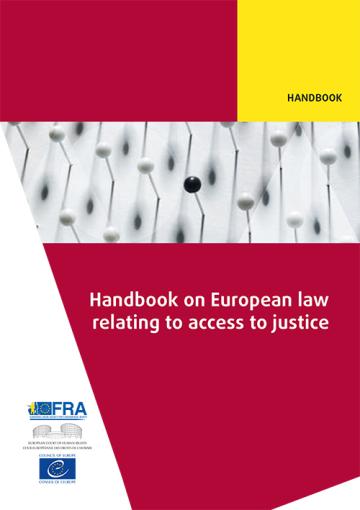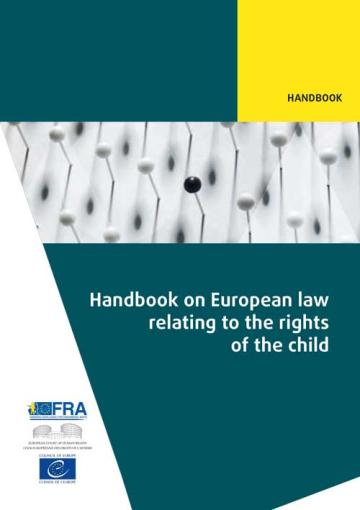Se on tarkoitettu EU:ssa ja Euroopan neuvoston jäsenvaltioissa toimiville juristeille, tuomareille, syyttäjille, maahanmuuttoviranomaisille ja kansalaisjärjestöille.
Euroopan unionin (EU) perusoikeusvirasto, Euroopan neuvosto ja Euroopan ihmisoikeustuomioistuin ovat julkaisseet vuodesta 2011 lähtien käsikirjoja eurooppaoikeuden eri aloilla. Tämän käsikirjan tarkoituksena on antaa yleiskatsaus turvapaikan, rajojen ja maahanmuuton kannalta merkityksellisistä EU:n oikeusperiaatteista ja selittää sekä Euroopan neuvoston että EU:n sovellettavia toimenpiteitä.
Käsikirja on tarkoitettu juristeille, tuomareille, syyttäjille, rajavartiolaitoksen virkamiehille, maahanmuuttoviranomaisille ja muille kansallisten viranomaisten kanssa työskenteleville sekä kansallisille ihmisoikeusinstituutioille, kansalaisjärjestöille ja muille elimille, jotka saattavat joutua käsittelemään käsikirjaan kuuluvia oikeudellisia kysymyksiä.
Euroopan unionin perusoikeuskirjasta tuli oikeudellisesti sitova Lissabonin sopimuksen tultua voimaan joulukuussa 2009. Sillä on sama oikeudellinen arvo kuin EU:n perustamissopimuksilla. Lissabonin sopimuksessa määrätään myös EU:n liittymisestä Euroopan ihmisoikeussopimukseen, joka on kaikkia EU:n ja Euroopan neuvoston jäsenvaltioita oikeudellisesti sitova sopimus.
Turvapaikkaa, rajoja ja maahanmuuttoa koskevassa eurooppaoikeudessa on tapahtunut huomattavaa kehitystä sen jälkeen, kun tämä käsikirja julkaistiin toisen kerran vuonna 2014. Useilla hyväksytyillä EU:n säädöksillä esimerkiksi parannetaan muuttoliikkeen hallinnan laaja-alaisia EU:n tietojärjestelmiä tai luodaan uusia. Myös pienempiä lainsäädännöllisiä muutoksia on tehty, esimerkiksi rajoja, laitonta maahantuloa ja viisumeita koskevassa Schengenin säännöstössä.
Unionin tuomioistuin on jatkuvasti kasvavassa oikeuskäytännössään myös selventänyt useita oikeudellisia kysymyksiä, jotka johtuvat EU:n muuttoliike- ja turvapaikkalainsäädännön täytäntöönpanosta. Euroopan ihmisoikeustuomioistuinkin on antanut useita tärkeitä tuomioita, etenkin turvapaikanhakijoiden vastaanotto-olojen alalla. Näiden muutosten vuoksi käsikirja piti saattaa ajan tasalle, jotta lainopillinen ohjaus on edelleen paikkansapitävää.
